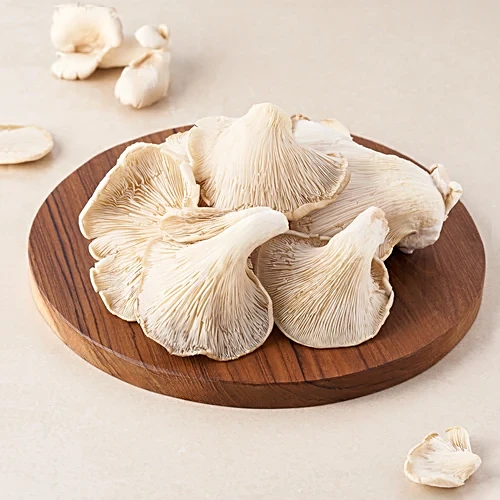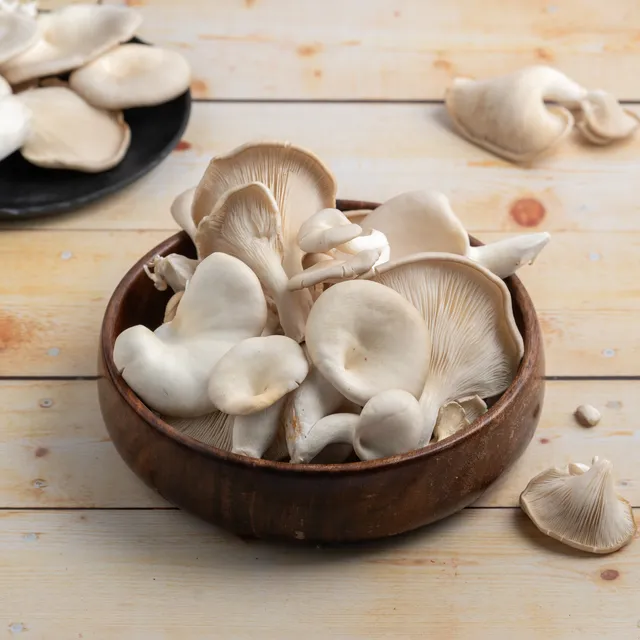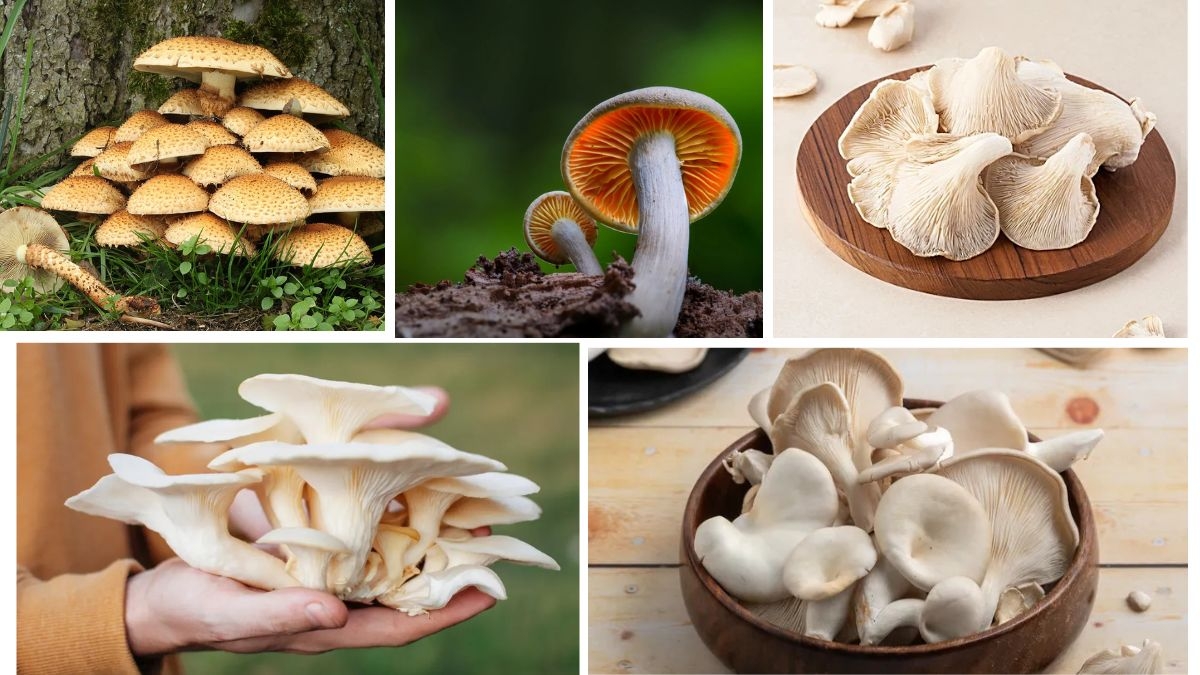Mushrooms, once considered a niche culinary ingredient, have become a staple in global cuisine and agriculture. With rising awareness about their health benefits, culinary versatility, and sustainability, the demand for mushrooms has surged significantly over the last few decades. From button mushrooms and shiitake to oyster and enoki varieties, the mushroom industry now commands a major position in the global horticultural market. Among the various nations cultivating this prized crop, one country stands out as the undisputed leader in mushroom production: China.
This article explores the global landscape of mushroom production, with an in-depth focus on China’s dominance in this sector, the factors contributing to its leading position, and comparisons with other major producers around the world.
Global Mushroom Production Overview

According to data from the Food and Agriculture Organization (FAO) of the United Nations and market analysis firms such as Mordor Intelligence and Statista, global mushroom production exceeds 40 million metric tons annually, with demand expected to continue rising due to increased vegetarianism, plant-based diets, and health-conscious lifestyles.
Mushrooms are grown in over 100 countries, but production is largely concentrated in a handful of nations. The top producers include:
- China
- India
- United States
- Netherlands
- Poland
China: The World’s Largest Mushroom Producer

1. Production Volume
China is the largest mushroom producer in the world, contributing more than 75% of global mushroom output, which equals over 32 million metric tons annually as of recent estimates. This staggering figure highlights China’s overwhelming dominance in the sector, producing nearly four times more than all other countries combined.
China’s mushroom industry is vast, diverse, and deeply rooted in the country’s agricultural heritage. The country cultivates a wide range of mushroom species, with the most common being:
- Agaricus bisporus (white button mushroom)
- Lentinula edodes (shiitake)
- Flammulina velutipes (enoki)
- Auricularia auricula-judae (wood ear)
- Pleurotus ostreatus (oyster mushroom)
Shiitake mushrooms, in particular, are a point of pride for China, accounting for a significant proportion of global supply.
2. Historical and Cultural Influence
China has been cultivating mushrooms for over 2,000 years, especially varieties like shiitake and wood ear. Traditional Chinese medicine (TCM) has long valued mushrooms for their therapeutic properties, such as boosting immunity, reducing inflammation, and enhancing vitality. This historical connection laid the foundation for the modern mushroom industry, blending ancient knowledge with contemporary agricultural practices.
3. Technological Advancements
Chinese mushroom producers have embraced advanced cultivation techniques such as:
- Controlled environment farming (temperature, humidity, CO₂ levels)
- Bag and log cultivation systems
- Vertical mushroom farming
- Organic and chemical-free methods
- Use of AI and data analytics for crop management
These innovations have drastically improved yield, efficiency, and quality control.
4. Government Support and Economic Investment
The Chinese government has heavily supported the mushroom industry through:
- Agricultural subsidies and grants
- Research and development (R&D) funding
- Training programs for rural farmers
- Infrastructure development for storage, packaging, and transport
Regions such as Zhejiang, Fujian, Sichuan, and Henan are leading mushroom-producing provinces, where local economies have flourished due to mushroom farming.
5. Domestic and International Demand
With a population of over 1.4 billion, domestic consumption alone fuels a large portion of China’s production. Mushrooms are a staple in many Chinese dishes, such as hot pot, stir-fries, soups, and dumplings.
Internationally, China exports mushrooms to major markets including the United States, Japan, Germany, South Korea, and Russia. Both fresh and dried mushrooms are in high demand, especially shiitake and wood ear varieties.
Other Major Mushroom Producers

1. India
India ranks second globally, with a growing mushroom industry fueled by government programs and entrepreneurial activity. Annual production is estimated at 1.2 million metric tons, with a focus on button mushrooms and oyster mushrooms. Favorable climate in regions like Himachal Pradesh and Haryana supports year-round cultivation.
2. United States
The U.S. is a key player, producing over 375,000 metric tons of mushrooms annually, mostly white button mushrooms. Pennsylvania is the top-producing state, accounting for nearly two-thirds of total U.S. production. American producers focus on high-efficiency greenhouse systems and premium-grade mushrooms.
3. Netherlands and Poland
These European countries are known for precision agriculture and high-yield farming methods. Despite limited land area, the Netherlands is a leading exporter of high-quality mushrooms, supplying countries across Europe and the Middle East. Poland, on the other hand, has emerged as a significant supplier to the European Union, thanks to its cool climate and low production costs.
Key Drivers of China’s Mushroom Dominance

| Factor | Explanation |
|---|---|
| Historical Knowledge | Centuries-old cultivation practices integrated into modern agriculture |
| Technological Investment | Use of AI, controlled farming environments, and efficient production methods |
| Large Workforce | Rural employment in mushroom farming helps sustain vast-scale operations |
| Government Incentives | Subsidies and R&D programs boost productivity and quality |
| Domestic Market Size | High internal demand due to cultural and culinary relevance |
| Export Infrastructure | Established trade routes for dried, canned, and fresh mushrooms |
Challenges Facing the Industry

Despite China’s leadership, the mushroom industry faces several challenges:
- Sustainability Concerns: Overuse of agricultural land and plastic bags for cultivation
- Labor Intensity: Mushroom farming is still labor-intensive, despite mechanization
- Climate Sensitivity: Mushrooms require strict environmental control; climate change can affect yields
- Market Competition: Rise of producers in India, Southeast Asia, and Europe could impact future dominance
Future Outlook
The future of global mushroom production is optimistic, with projections estimating the market will exceed USD 100 billion by 2030, growing at a CAGR of over 8%. China is expected to maintain its lead, but other countries will likely expand their share through technology and sustainable practices.
Innovations such as mushroom-based meat alternatives, mycelium packaging, and fungal medicine are opening new industrial frontiers, further solidifying the importance of mushrooms in the global economy.
Conclusion
In the race to cultivate the world’s most popular fungi, China is far ahead of its competitors, contributing more than three-quarters of global production. This dominance is built upon a rich history, technological innovation, strong domestic consumption, and robust government support. As global demand for mushrooms continues to grow for culinary, medicinal, and sustainable uses, China’s role as the largest mushroom producer in the world is likely to remain unchallenged for the foreseeable future.
For researchers, agronomists, and entrepreneurs, China’s mushroom model offers valuable insights into building a successful and sustainable agricultural industry in the 21st century.







Leave A Comment